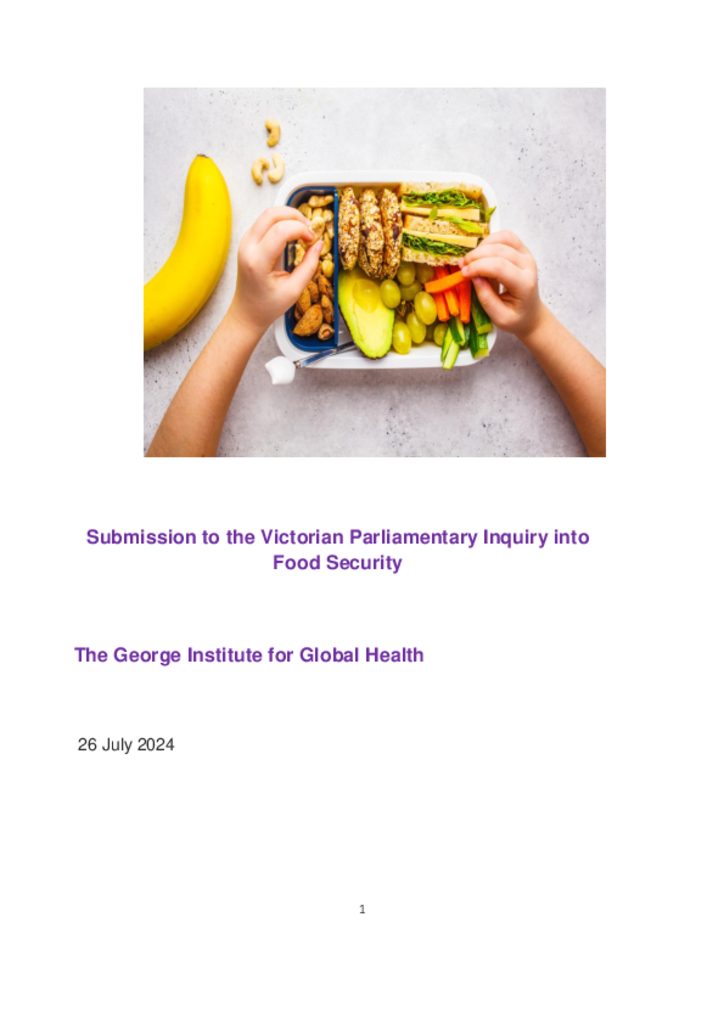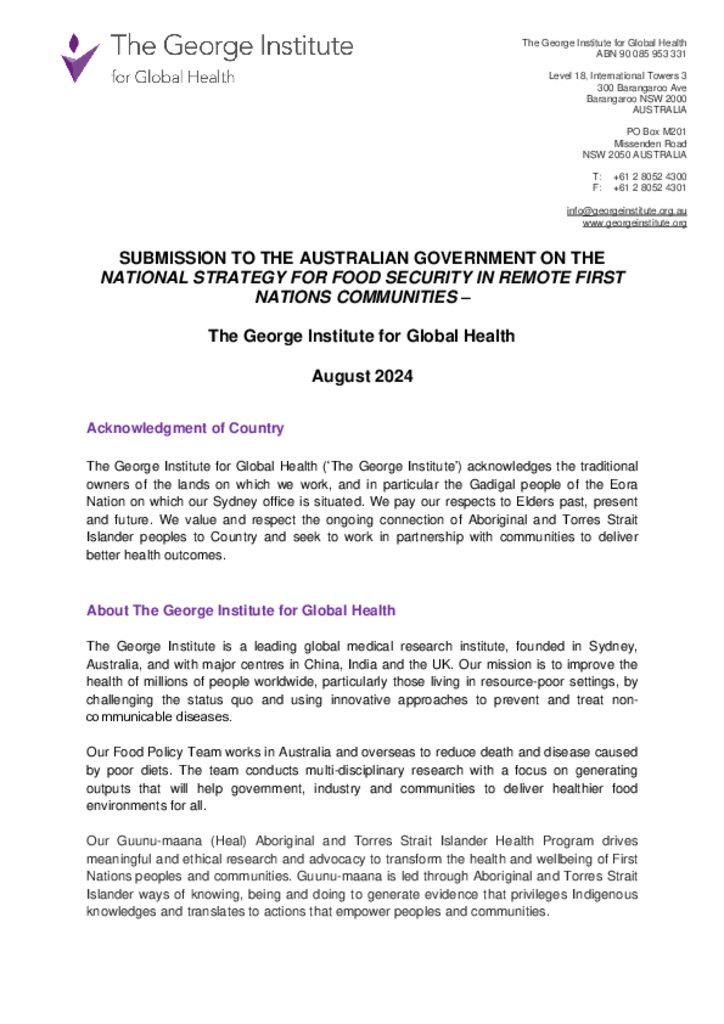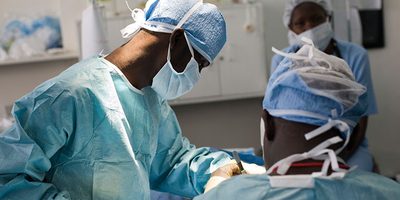Researchers at The George Institute for Global Health and UNSW Sydney have secured grant funding from the National Health and Medical Research Council (NHMRC) to develop the first targeted, co-designed models of care following the life-threatening condition of sepsis in Australia. Currently, up to 70% of survivors return to hospital within one year of discharge.
Sepsis occurs when the body’s response to an infection damages its own tissues and organs. It can lead to shock, failure of multiple organs and death. Globally, sepsis affects 49 million people annually and causes 11 million deaths, making it the leading cause of death from infection around the world.
Chief investigator Associate Professor Naomi Hammond, who is Head of the Critical Care Program at The George Institute, Conjoint Associate Professor at the Faculty of Medicine, UNSW Sydney, and Executive Director of Research at North Sydney Local Health District, said an estimated 55,000 Australians experience sepsis each year with 18,000 adults ending up in intensive care.
“Leaving hospital does not mean you’ve left sepsis behind. Adult survivors experience a reduced quality of life that can impact mobility, cause psychological problems and exacerbate pre-existing chronic conditions. They also face an increased risk of death in subsequent months and years,” she explained.
Sepsis survivor and 29-year-old mother of two from NSW, Korina Valentine, had not heard of sepsis prior to her 10 months in hospital involving a quadruple amputation.
“I had no understanding of what to expect on discharge, what to look out for, and who to seek help from,” she said. I was re-admitted to hospital many times over the next few years. My life could have been so much easier if there was a post-sepsis model of care and better support in place.”
For children, up to 40% experience serious consequences that affect their physical health, such as amputations, and cognitive impairment impacting their development and education.
“Currently, health services focus on the acute illness, despite the bleak legacy sepsis leaves. We want to change that by focusing on what happens once a person leaves hospital, so we can ultimately improve the long-term outcomes for all sepsis survivors,” said A/Prof Hammond.
“This program of work has been co-designed with the Sepsis Australia Consumer Partner and Advocacy Program and we’re all incredibly excited and appreciative of the NHMRC’s Partnership Project grant as it is our first significant grant dedicated to post-sepsis follow-up,” she added.
Almost A$1.5 million, plus matched funding from Partners over five years will enable A/Prof Hammond and her team to identify current gaps in health services, develop follow-up models of care and test strategies for adult and paediatric sepsis survivors and their families. This includes bereaved families of approximately 8,700 Australians whose lives are lost to sepsis each year.
“Surviving sepsis and leaving hospital is a big enough struggle. By partnering with Sepsis Australia, Clinical Excellence Queensland and the Australian Commission for Safety and Quality in Healthcare, we will be working to improve the person’s health service journey to reduce hospital readmissions and provide them with a higher quality of life,” concluded A/Prof Hammond.












